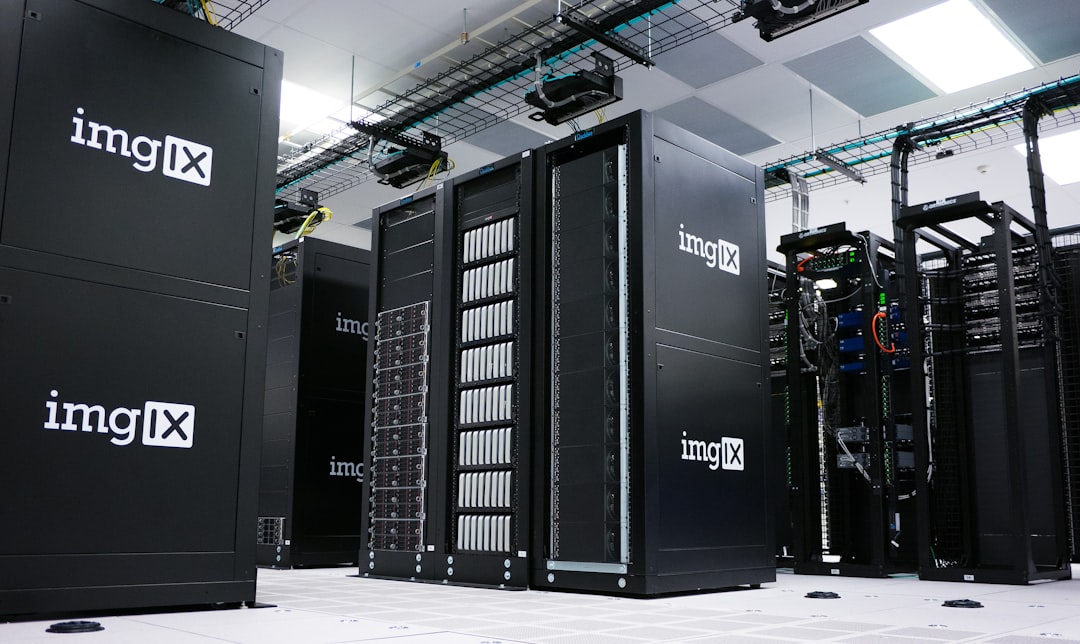In today’s rapidly evolving digital landscape, cloud computing has become a cornerstone of modern IT infrastructure. Among the various deployment models, multi-tenant cloud computing has emerged as a pivotal architecture, especially for businesses seeking efficiency, scalability, and cost optimization. By allowing multiple customers—or tenants—to share the same computing resources, multi-tenancy offers numerous strategic advantages. However, it also brings challenges that organizations must consider. This article delves into the core concepts of multi-tenant cloud computing, exploring its benefits, challenges, and practical use cases for businesses.
What is Multi-Tenant Cloud Computing?
Multi-tenant cloud computing refers to a software architecture where a single instance of an application serves multiple users—known as tenants. These tenants may be individual users, departments within a company, or entirely separate organizations. Crucially, while they share the same infrastructure and applications, each tenant’s data remains logically isolated, ensuring privacy and security.
This is different from single-tenant architecture, where each user or organization has their own dedicated instance of software and supporting infrastructure. Multi-tenant systems maximize resource utilization by allowing shared use of databases, servers, and storage, which significantly reduces costs and enhances system efficiency.
Key Benefits of Multi-Tenant Cloud Computing
- Cost Efficiency: One of the chief advantages of multi-tenancy is its ability to reduce operational costs. Infrastructure and maintenance expenses are shared across multiple tenants, allowing providers to offer services at a lower price point.
- Scalability: Multi-tenant systems are inherently scalable. Service providers can onboard new tenants without having to provision new systems, making it ideal for growing businesses or platforms expecting fluctuating demand.
- Resource Optimization: By more efficiently utilizing computing resources, multi-tenant systems achieve better return on investment and energy efficiency.
- Streamlined Upgrades: Since all tenants use the same application instance, updates and patches can be deployed universally, reducing downtime and ensuring that all users benefit from the latest features and security enhancements.
- Simplified Management: Administrators can manage multiple tenant environments from a centralized dashboard, significantly simplifying tasks such as monitoring, logging, and auditing.

Challenges Associated with Multi-Tenancy
Despite its many advantages, multi-tenant cloud computing also presents certain challenges that organizations should carefully evaluate before deciding on adoption.
- Data Privacy and Security: Ensuring the logical separation of data between multiple tenants is critical. A vulnerability in the application layer could potentially expose sensitive data across clients, making security a prime concern.
- Performance Variability: Since resources are shared, the activity of one tenant—such as a sudden spike in usage—can potentially impact the performance experienced by others. Performance isolation and robust resource allocation strategies are necessary to mitigate this.
- Customization Limitations: A shared system may offer limited flexibility for customization to cater to the unique preferences or regulatory needs of different tenants.
- Compliance Risks: For industries with strict compliance requirements (e.g., healthcare, finance), ensuring compliance in a shared environment can add layers of complexity.
To address these challenges, cloud service providers typically implement measures such as tenant-aware data encryption, access controls, API rate limiting, and detailed audit logging.
Common Use Cases for Multi-Tenant Architectures
Organizations across various sectors are increasingly adopting multi-tenant cloud solutions to streamline operations and improve efficiency. Below are some notable use cases:
1. Software as a Service (SaaS)
Multi-tenancy is the foundation of most SaaS offerings. Applications like customer relationship management (CRM), enterprise resource planning (ERP), and project management tools rely on multi-tenant architectures to serve thousands of users simultaneously while maintaining low operating costs.
2. Managed Services Providers (MSPs)
MSPs often utilize multi-tenant environments to provide services—from network monitoring to security management—to multiple clients using a single, unified platform. This allows streamlined management without compromising data separation.

3. Educational Institutions
Universities and schools frequently use multi-tenant systems for learning management platforms. Each school functions as a tenant with its own user base and content libraries but shares the core infrastructure with others using the system.
4. Government Agencies
Government departments with overlapping IT needs often adopt multi-tenant models to reduce infrastructure redundancy while maintaining strict data segregation for compliance and security.
5. E-Commerce Platforms
Marketplace platforms that host multiple vendors use multi-tenancy to allow each merchant to manage their catalog, pricing, and orders independently while utilizing shared backend infrastructure like payment processing and customer service tools.
Security Considerations in Multi-Tenant Environments
Security is paramount in any cloud deployment, but it becomes even more critical in multi-tenant architectures. Providers must implement robust security frameworks to ensure tenant isolation both logically and physically. These should include:
- Role-Based Access Control (RBAC): Helps in managing who has access to what level of data within the shared environment.
- Tenant-Aware Encryption: Encryption keys and methods that are tenant-specific to prevent data exposure across environments.
- Monitoring and Intrusion Detection: Real-time monitoring systems should be in place to detect unusual tenant activities that could compromise shared resources.
- Audit Logs: Keeping detailed logs of access and user activities helps in compliance and forensic investigations.
Ultimately, a secure multi-tenant model depends on a strong partnership between the service provider and the tenants, with clearly defined responsibilities and expectations.
Evaluating Multi-Tenancy Suitability for Your Business
Before adopting a multi-tenant cloud solution, organizations should consider the following questions:
- Does our application require extensive customization that might conflict with a shared environment?
- Can we meet all relevant compliance and security requirements in a multi-tenant architecture?
- Are we planning to scale our operations rapidly across multiple regions or departments?
- Do we have the internal expertise to manage tenant-specific configurations and policies?
Addressing these questions will help determine whether a multi-tenant model aligns with long-term business goals and technology capabilities. In some cases, a hybrid approach—combining both multi-tenant and single-tenant systems—may prove optimal, especially when dealing with particularly sensitive data or mission-critical workloads.
Conclusion
Multi-tenant cloud computing presents a compelling proposition for modern businesses seeking agility, scalability, and operational efficiency. By leveraging shared resources, organizations can reduce costs, speed up deployments, and simplify management. However, the model is not without its limitations, particularly around customization, compliance, and security. For businesses willing to invest in the right safeguards and governance, multi-tenancy can serve as a robust foundation for digital transformation and innovation.
As cloud technologies continue to evolve, understanding and effectively implementing multi-tenant architectures will become increasingly important in staying competitive and resilient in a fast-paced, data-driven economy.
